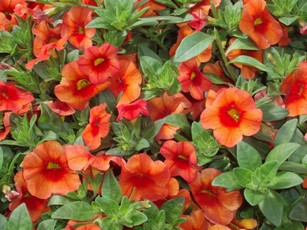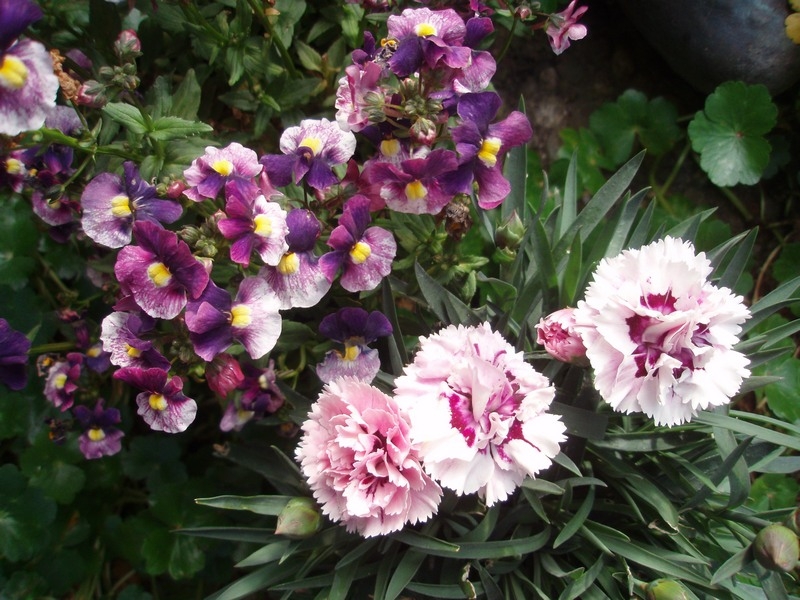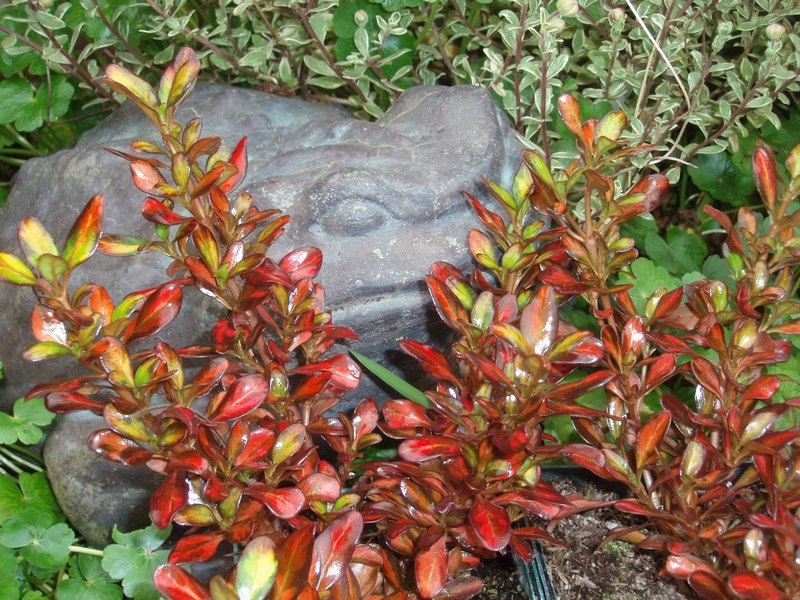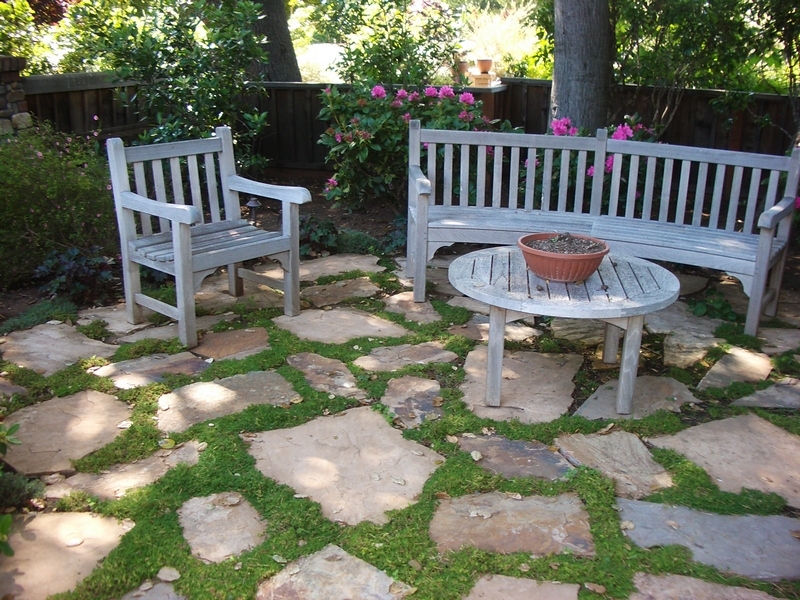Many of us are growing our own vegetables this year. Homegrown vegetables taste better and can be picked fresh from the garden preserving valuable nutrients. We can reduce our carbon footprint as our own produce doesn’t have to be delivered by truck. It’s also a good way to get the kids involved and spend time together.
And there’s nothing quite like picking a warm tomato or raspberry from the vine while you work in the garden.
Whether you’ve started your garden already or are still in the planning stages, here are some useful tips.
Group vegetables together that have similar watering needs. A good guideline is to group plants by how big they get and how fast they grow. The bigger and faster growing they are, the more water they will use. Corn, cucumbers, melons, tomatoes and squash, for instance, all grow rapidly and use similar amounts of water. Deep rooted melons, beans and tomatoes, however, can get by with a deep soak (down to 4 fe et) after they have flowered and started to set fruit.
et) after they have flowered and started to set fruit.
Growing companion plants with your vegetables is one way to avoid problems with pests and diseases. Companion plants that repel pests or attract beneficial insects work best when planted from 1-6 feet away. Plants, when attacked by pests, exude chemicals and hormones that actually attract nearby beneficial insects.
Flowers make great companions in the vegetable garden
- Dahlias repel nematodes.
- Geraniums repel cabbage worms, corn ear worms and leaf hoppers. Plant them by grapes, roses, corn and cabbage.
- Marigolds discourage beetles, whiteflies and nematodes. They act as trap plants for spider mites and slugs. Don’t plant them by cabbage or beans.
- Nasturtium act as a barrier trap around tomatoes, radishes, cabbage and fruit trees. They deter whiteflies, and squash bugs and are a good trap crop for black aphids ?
- Herbs that help deter pests include:
- Catnip/catmint which repel mice, flea beetles, aphids, squash bugs, ants and weevils
- Chamomile improves the flavor of cabbage, onions and cucumbers. It also accumulates calcium, sulphur and potassium, returning them later to the soil. It also hosts hoverflies and good wasps and increases productions of essential oils in herbs.
- Summer savory repels bean leaf beetles and improves the flavor of beans. All beans enrich the soil by fixing nitrogen. They are good for planting with all of your vegetables except onions, garlic and leeks.
Your garden may be one raised bed or a few containers on the patio. Whatever the size, plant some of these colorful and useful combinations and you, too, will be bragging about how many vegetables you grew this year.

 h Seeds has been developing and growing seed in Guatemala for 40 years.
h Seeds has been developing and growing seed in Guatemala for 40 years. 

.jpg)
